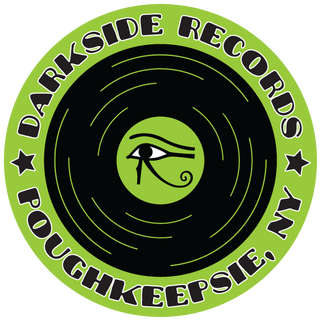Natalia van der Mersch- Brahms: Violin Sonatas

Natalia van der Mersch: The idea of recording all three Brahms sonatas came to us quite spontaneously. Olivier Roberti and I had played them together and thought: Why not? There was no lengthy deliberation, just the will to do it. And so it quickly took shape and we organised ourselves quickly. We had to organise the recording equipment, hire a piano and set the date, all of which required a certain amount of planning. In the end, the recordings took place at Conjoux Castle in Belgium - just like my previous recording with Natalia Kovalzon, with whom I form the duo Natalia. Olivier Roberti: "Despite all my experience, I see playing Brahms as a real challenge. Even in his chamber music works he is quite symphonic and when playing the piano you have to be able to imagine orchestral colours that are not typical for the piano or violin. It is particularly challenging here to shape long phrases powerfully, perhaps in a similar way to what Furtwangler did in his symphonies. For me, the pianist and teacher Leon Fleischer was a formative artistic inspiration - especially in this respect. He was one of the outstanding pianists of his time and his interpretations of Brahms' works had a strong influence on me. His approach of offering clear lines and controlled tempi helped me a lot to find a certain direction in my own playing."
Natalia van der Mersch: The idea of recording all three Brahms sonatas came to us quite spontaneously. Olivier Roberti and I had played them together and thought: Why not? There was no lengthy deliberation, just the will to do it. And so it quickly took shape and we organised ourselves quickly. We had to organise the recording equipment, hire a piano and set the date, all of which required a certain amount of planning. In the end, the recordings took place at Conjoux Castle in Belgium - just like my previous recording with Natalia Kovalzon, with whom I form the duo Natalia. Olivier Roberti: "Despite all my experience, I see playing Brahms as a real challenge. Even in his chamber music works he is quite symphonic and when playing the piano you have to be able to imagine orchestral colours that are not typical for the piano or violin. It is particularly challenging here to shape long phrases powerfully, perhaps in a similar way to what Furtwangler did in his symphonies. For me, the pianist and teacher Leon Fleischer was a formative artistic inspiration - especially in this respect. He was one of the outstanding pianists of his time and his interpretations of Brahms' works had a strong influence on me. His approach of offering clear lines and controlled tempi helped me a lot to find a certain direction in my own playing."





